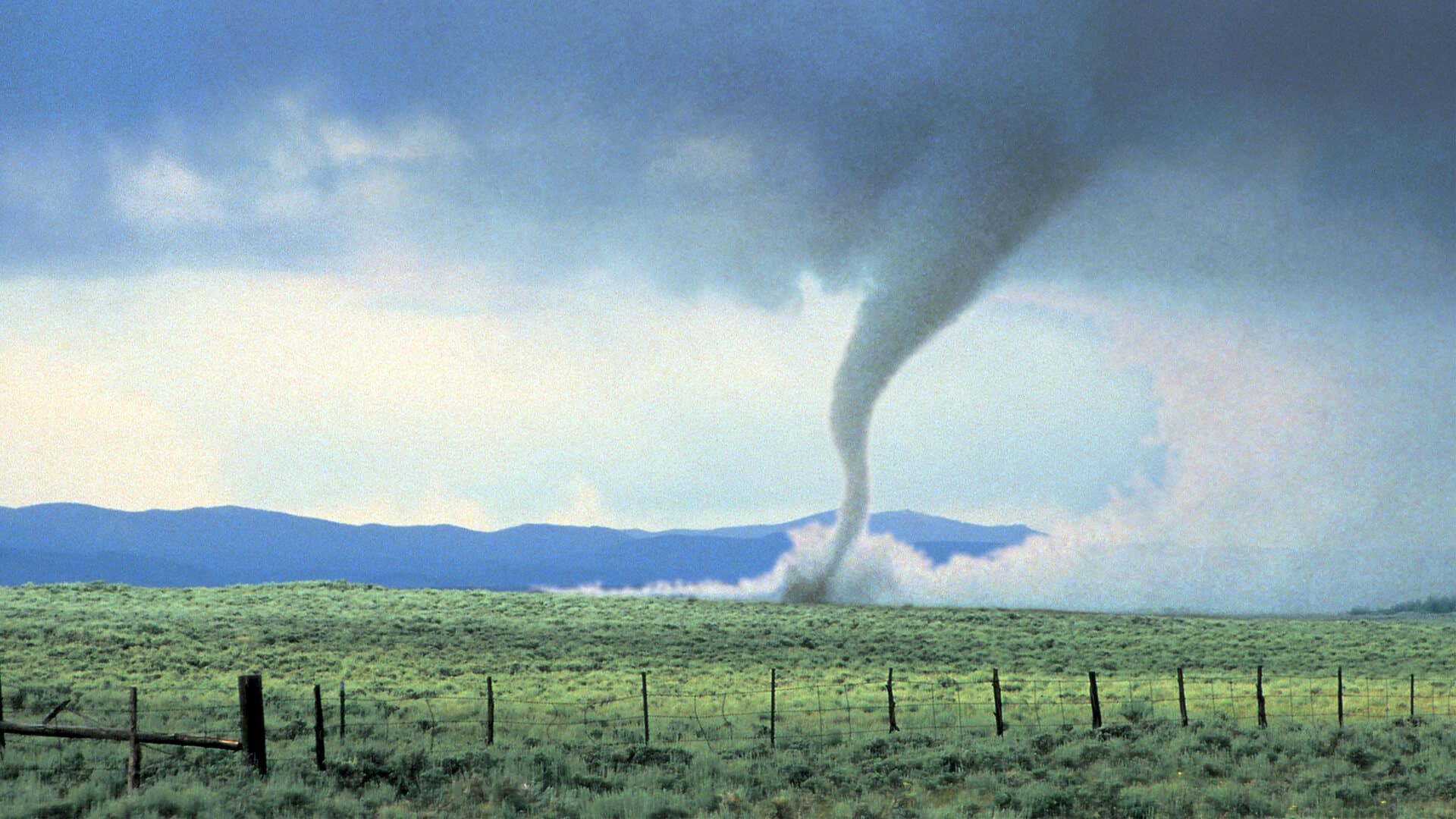Ever return from the grocery store disappointed in its lackluster produce selection, or annoyed to have overpaid for a bunch of herbs when you only need a few sprigs? Yeah, us too.
Some people are able to channel that frustration into cultivating their own fruit and vegetable gardens. And kudos to those resourceful folks. However, the homegrown route is not all that feasible for many of us.
Whether due to logistical limitations—i.e. you live in a city apartment with zero private outdoor space—time constraints, or financial reasons, it doesn’t make sense for most people to pour energy and resources into a gardening endeavor that may not ultimately yield much edible produce, if any at all.
That’s where Community-Supported Agriculture (CSA) programs come in. Imagine getting a box of farm-fresh produce delivered to your doorstep every week or two. Sounds pretty great, right?
Here’s the deal: you purchase a “share” of a farm’s harvest at the beginning of the growing season, which, as an upfront payment, helps farmers manage their finances. In return, you receive a regular supply of seasonal produce and occasionally other items like artisanal bread, honey, cider, cheese, flowers, and even meat.
Prices typically range between $400 to $700 per season, depending on the share size, the variety of items, and the length of the growing season. If you do the math, you’ll find that CSA programs often provide a better bang for your buck compared to supermarkets, especially in today’s economy. Some even offer payment plans or subsidized shares for low-income families, making fresh produce accessible to more people.
The most obvious perk of joining a CSA is the influx of healthy, seasonal food; you’ll inevitably improve your fruit and veggie game. The move is also likely push you to try new things and get creative in the kitchen. Items may arrive that you’ve never even heard of before. Each delivery holds the possibility of a fun new culinary adventure.
Indeed, there’s something deeply satisfying about knowing where your food comes from, but the value of these programs extends beyond just the food. It’s about people, too. You’re supporting local businesses and becoming a part of the local food chain. The experience is one of community, connecting you with farmers and fellow food enthusiasts.
Of course, there are some downsides, t00. First, you get what’s in season, which means you may not always get your favorites. But variety is the spice of life, right!? You could also occasionally wind up with more produce than you can handle. Sharing with friends or preserving some of the bounty can help. Alternatively, splitting a share with another household is a great way to manage the abundance. Finally, tied to the community element of it all is the reality that a bad year for your farm means a less bountiful box for you. Weather and pests can impact the harvest, but the risk is generally worth the reward.
CSA offerings vary by location and weather, so start by searching for options in your area. You might find fliers at local community centers and farmers’ markets. Websites like Local Harvest or the U.S. Department of Agriculture are great resources as well. Ultimately, joining a CSA is like receiving a delightful and delicious gift basket every week. So why not take the plunge and add some farm-fresh excitement to your life?











